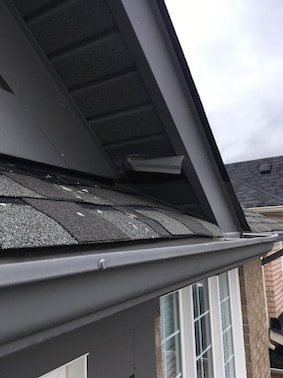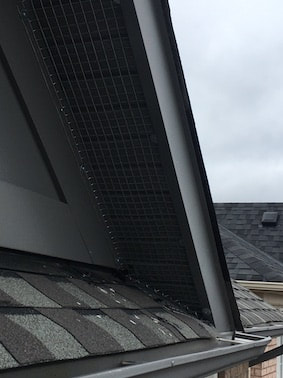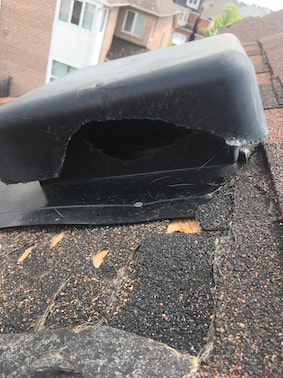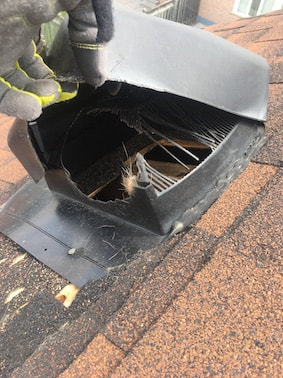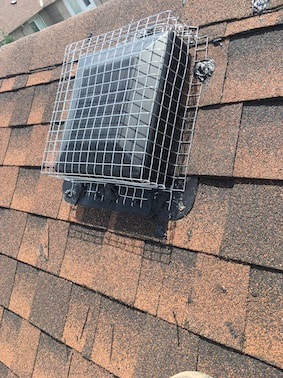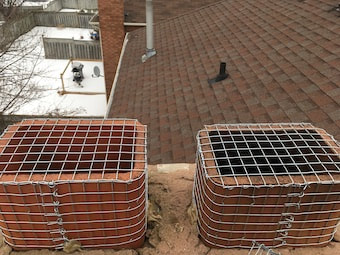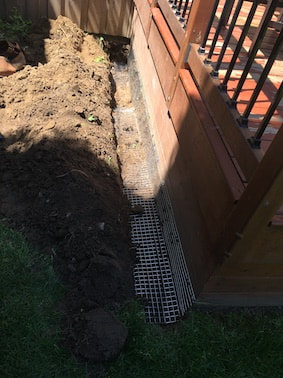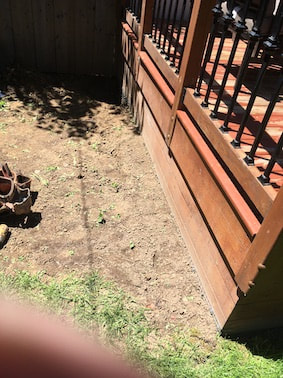Urban animals are clever and opportunistic creatures, and animal prevention is an important aspect of wildlife control. Here are some places animals will look for shelter on your properties and prevention measures that can be taken.
1. Roof and Attic:
Soffit (eaves) - Raccoons and sometimes squirrels will push up through soffit in areas where they have leverage to do so. Areas where this is particularly vulnerable are lower roof areas that intersect with the upper roof, as well as many gable ends. We recommend screening these areas.
1. Roof and Attic:
Soffit (eaves) - Raccoons and sometimes squirrels will push up through soffit in areas where they have leverage to do so. Areas where this is particularly vulnerable are lower roof areas that intersect with the upper roof, as well as many gable ends. We recommend screening these areas.
Roof Vents - These are easy targets, as raccoons can rip the tops off and squirrels can chew holes through them. Although some roof vents are better than others, none are completely animal proof until they are screened. Plumbing exhausts should also be screened at the base as these are also areas that can be susceptible for entry.
Rooflines - Often the wood on the lower parts of the roof near the eavestrough becomes weak due to moisture or are poorly constructed, making it easy for raccoons to claw through and squirrels to chew through. Wildlife control technicians screen these areas to make it animal proof.
2. Chimney
Raccoons and sometimes squirrels will make a chimney their home. To prevent this, wildlife control technicians cap the chimney with screen. Always insure that your dampers are closed.
3. Under Decks or Sheds
These are easy areas for raccoons and skunks to get under. To prevent this, wildlife control technicians dig a trench around the structure and lay screen from the bottom of the trench to the base of the structure. The trench is then back filled.
4. Wall Vents
Bathroom and kitchen fans or even dryer vents are spots that squirrels and birds will view as safe and cozy places to make their home. Wildlife control technicians screen these areas to keep them out.
5. Open Doors on Garages and Sheds
There isn't much we can do for prevention here. Insure that your doors are working properly and keep them closed.
